- Home
-
My Models
-
AV History
- Airline History Blog
-
Airline Development
>
-
Liveries
>
- Aeroméxico Liveries
- Air China Special Liveries
- American Airlines Liveries
- British Airways Liveries
- Continental Airlines Liveries
- Delta Air Lines Liveries
- Eastern Air Lines Liveries
- Landor Liveries
- National Airlines Liveries
- Northeast Airlines Liveries
- Northwest Airlines Liveries
- Pan Am Liveries
- Trans World Airlines Liveries
- United Airlines Liveries
- Western Airlines Liveries
- Airbus A380s >
- Boeing 747 >
- Real Airport Histories >
- Plane Spotting >
- Aviation Stickers >
-
1:400 SCALE
- Collecting 1:400 Scale >
- The History of 1:400 Scale >
-
1:400 Brands
>
- Aeroclassics >
- Airshop Diecast
- AURORA Models
- Aviation400 (2007-2012)
- Big Bird 400 Your Craftsman
- Black Box Models
- Blue Box & Magic Models
- C Models
- Dragon Wings
- El Aviador 400
- Gemini Jets >
- JAL Collection / Jet Hut >
- Jet-X >
- MP4 Models
- NG Models >
- Panda Models >
- Phoenix Models >
- Seattle Models Co (SMA)
- Skyjets400
- Sovereign Models
- TucanoLine
- Witty Wings / Apollo
- Yu ModeLs
- 1:400 Custom Models >
- Production Numbers
- Zinc Rot
-
1:400 Moulds
- The Best Moulds >
- Airbus >
-
Boeing
>
- Boeing B-377 Stratocruiser
- Short Boeing 707s & 720s
- Boeing 707-320/420
- Boeing 717
- Boeing 727-100
- Boeing 727-200
- Boeing 737-100/200
- Boeing 737-300 >
- Boeing 737-400
- Boeing 737-500
- Boeing 737-600
- Boeing 737-700/800/900 >
- Boeing 737 MAX
- Boeing 747-100/200 >
- Boeing 747-400 >
- Boeing 747SP
- Boeing 747-8 Interactive
- Boeing 747LCF Dreamlifter
- Boeing 757-200 >
- Boeing 757-300
- Boeing 767-200
- Boeing 767-300
- Boeing 777-200
- Boeing 777-300
- Boeing 787
- British >
- Douglas >
- Lockheed >
- Other >
- Chinese >
- Soviet >
- Smallest Moulds in 1:400
-
1:400 Reviews
-
Model News
- Model Blog
-
New Mould Samples
>
- Aviation400 >
- JC Wings >
-
NG Models 400 Scale
>
- Airbus A318
- Airbus A319/320 CEO
- Airbus A319/320 NEO
- Airbus A321CEO & NEO
- Airbus A330-200/300
- Airbus A330 Beluga XL
- Airbus A330-800/900
- Airbus A340-200/300
- Airbus A350-900
- Airbus A350-1000
- Boeing 737-600/700/900
- Boeing 737-600 Refresh
- Boeing 737-800
- Boeing 737 MAX-8/MAX-9
- Boeing 737 MAX-7/MAX-10
- Boeing 747-100
- Boeing 747-200
- Boeing 747-400
- Boeing B747SP
- Boeing 747-8I
- Boeing 747-8F
- NG 747s Together
- Boeing 757-300
- Boeing 767-200/300 >
- Boeing 767-400 >
- Boeing 777-200
- Boeing 777-300/300ER
- Boeing 787-8
- Lockheed L-1011 Tristar
- Lockeed Tristar 500
- McDonnell Douglas MD-80
- McDonnell Douglas MD-87
- Tupolev Tu-154
- Tupolev Tu-204/Tu-214/Tu-234
- NG Models 200 Scale >
- Phoenix Models >
- Yu ModeL >
-
1:600 SCALE
- DIORAMAS
|
Few airlines are as synonymous with an aircraft type as American has been with the McDonnell Douglas MD-80, or Super 80, as they preferred to call it for many years. Unfortunately, the same can’t be said for any 1:400 scale model manufacturer and the type remains one of the most poorly represented major aircraft types in this scale.
In the 3 years since I have been writing detailed reviews Gemini has made only 4 models using the mould, which is poor by anyone’s standards. Anyone waiting for any more diverse releases than the last three major US operators (Delta, Allegiant and American) is probably going to be waiting some time, unless someone else (NG Models really is about it at this point) takes a punt. There’s certainly plenty of room for more MD-80s and with a large number of worldwide operators who have never been represented plenty of sales potential. In the mean time I’ll have to satisfy myself reviewing this Gemini.
By the way anyone wondering why this review isn’t at Diecast Flier just needs to look at the manufacturer of the model.
THE REAL THING
American Airlines in 2001 had an all-time high fleet of MD-80s in 2001, numbering a staggering 362 aircraft after it had acquired Reno Air in 1999 (adding 19 aircraft) and TWA (adding 83, many almost new) to its already huge fleet of 260. The type had more than any other aircraft underpinned the massive success that had allowed American Airlines to ride out the deregulation storm of the 1980s and come out the other side as one of the dominant megacarriers of the late 90s.
The size of the MD-80 allowed American to grow its fortress hub at Dallas Fort Worth with high-frequency feeder routes and massive banks of connecting flights. Interestingly Bob Crandall’s American was initially rather lukewarm about the Super 80, which during the economic downturn of the early 80s McDonnell Douglas was struggling to sell.
American needed fuel-efficient aircraft to replace its 727-100s (and later 200s) but was able to organise a very beneficial deal with the desperate MDD to rent 20 of the new Super 80s from 1982 with excellent lease terms and the option to return them after 5 years for no penalty. Fortunately, the Super 80 was an all-round success for American and in 1984 it placed a huge order for 167 (67 firm and 100 options) aircraft targeting growth across its network and an assault on deregulation startups and old competitors like TWA too.
Fast forward to 2019 and even the late model MD-80s acquired by TWA are reaching the end of their front-line careers whilst the MD-80 no longer seems at all fuel-efficient compared to the latest 737s and A320s. The American fleet has been gradually winding down and by the end of 2018 only had 2 MD-82s and 32 MD-83s left. Only the pair of MD-82s were actually from the American Airlines original order. Ironically the MD-80s have outlasted some of the much newer 737-800s that were purchased partly to replace them.
None of the MD-80 fleet have been repainted into the latest American livery and this year will be the last for the type in the old red, white and blue. N9621A represents one of the ex-TWA MD-83s and flew for the first time on June 1, 1998. She transitioned to the American fleet fully on October, 1, 2002 and remains in the fleet into 2019. With the last of the American Mad Dogs gone it will fall to Delta as the last major operator of the MD-80 in the USA.
THE MODEL
The format for my reviews is to split them into three key areas:
THE MOULD
The Gemini MD-80 mould isn’t going to win any awards but it doesn’t need to to still be the best that has been made for the type in 1:400 scale. The Dragon Wings mould is the most widely used in this scale and although ok is not issue free and looks rather old-fashioned nowadays even though it is seamless. The other moulds are pretty poor.
As I have discussed Gemini’s first attempt at the MD-80 was a mess but fair play to them they resolved the issues with it for subsequent releases. The rear of the mould is very good. The downward angle of the horizontal stabilizers at the top of the T tail is well finished, however the top of the tail is too angular and flat topped. The rest of the tail is nice and importantly the engines are suitably chunky and well sized. Not so good is the screwdriver tail which is too small and not flat or square enough.
The wings and maingear are excellent too and the mould is seamless with slot in wings rather than a cradle mount. Interestingly there are still no aerials on this mould, which is surprising seeing as JC Wings have updated two much older Gemini classic moulds (the DC-8 and 737-200) with aerials even though both moulds are rubbish by modern standards.
I have previously taken this mould to task over the entire region forward of the wing but over time I’m rather coming around to it, partly I admit as there are no other contenders to compare it to other than shorter DC-9 variants and partly because later releases do seem genuinely better than earlier ones.
The nosegear is still slightly too far backwards but it appears better fitted than before. The topside profile of the nose is still an issue. It is too pointy coming down from the cockpit, which itself is too sloping leaving the cockpit windows kind of pointing up rather than straight. The whole thing looks wrong and is I’d say inferior to the old Dragon mould and miles away from Aeroclassics superb DC-9 nose. However, having said that this is still the best 1:400 MD-80 by miles and if Gemini used it more often, I’d be very happy. It is solid without being outstanding and sometimes that’s good enough.
SCORE - 7
PAINT & LIVERY
This is the third American Airlines MD-80 from Gemini Jets and rather disappointingly they are all in exactly the same livery. Considering American had the same scheme from 1968 until 2013 you might think this makes sense; however, the AA MD-80 fleet has worn several variations of the scheme so it is annoying Gemini always take the easy option.
This model wears the last version of the scheme with no Super 80 titles, no black radome, the light grey painted tail. There are at least 5 other variants that could be made if you take into account the different tailcone variations too.
Concentrating on the model at hand and Gemini can do this livery with their eyes closed, as you’d expect. It is very well done here and there are no major errors of colour or alignment. The only issue I can see is that the fleet number 4XH is missing from the nosegear doors, although it would be tiny anyway and is correctly applied under the cheatline on the forward fuselage.
SCORE - 9
PRINTING & QUALITY CONTROL
Printing on this model is excellent and to a very high standard. There is lots of detail work, my favourite being the complicated grey and silver paneling on the wingtops. Great work.
Construction quality of this model is also exemplary. Even the landing gear is good with no tyre tabs, proper rolling and successful placement. The last Gemini MD-80 I reviewed, way back in 2017, had gear issues and a seamline running down the port side engine. None of these failings are present here.
SCORE - 10
CONCLUSION
There are some, mainly Gemini themselves it seems, who think I have something against their models. I do not, although I refuse to not criticize where it is due. Of the three models I have rated of Gemini’s in 2019 two have scored a creditable 26 each. In this case there is little criticism required. It is a very nice addition to my American fleet and if Gemini Jets were willing to use their perfectly decent MD-80 mould more regularly I’d be a cheerleader for it. I doubt they will but anyway this is a good model and worthy of praise.
FINAL SCORE – 26/30
0 Comments
Leave a Reply. |
Author
I'm Richard Stretton, an aviation enthusiast and major collector of 400 scale model aircraft. This blog discusses ongoing events in the world of 400 scale. This site is free. Please donate to keep it going.
|
- Home
-
My Models
-
AV History
- Airline History Blog
-
Airline Development
>
-
Liveries
>
- Aeroméxico Liveries
- Air China Special Liveries
- American Airlines Liveries
- British Airways Liveries
- Continental Airlines Liveries
- Delta Air Lines Liveries
- Eastern Air Lines Liveries
- Landor Liveries
- National Airlines Liveries
- Northeast Airlines Liveries
- Northwest Airlines Liveries
- Pan Am Liveries
- Trans World Airlines Liveries
- United Airlines Liveries
- Western Airlines Liveries
- Airbus A380s >
- Boeing 747 >
- Real Airport Histories >
- Plane Spotting >
- Aviation Stickers >
-
1:400 SCALE
- Collecting 1:400 Scale >
- The History of 1:400 Scale >
-
1:400 Brands
>
- Aeroclassics >
- Airshop Diecast
- AURORA Models
- Aviation400 (2007-2012)
- Big Bird 400 Your Craftsman
- Black Box Models
- Blue Box & Magic Models
- C Models
- Dragon Wings
- El Aviador 400
- Gemini Jets >
- JAL Collection / Jet Hut >
- Jet-X >
- MP4 Models
- NG Models >
- Panda Models >
- Phoenix Models >
- Seattle Models Co (SMA)
- Skyjets400
- Sovereign Models
- TucanoLine
- Witty Wings / Apollo
- Yu ModeLs
- 1:400 Custom Models >
- Production Numbers
- Zinc Rot
-
1:400 Moulds
- The Best Moulds >
- Airbus >
-
Boeing
>
- Boeing B-377 Stratocruiser
- Short Boeing 707s & 720s
- Boeing 707-320/420
- Boeing 717
- Boeing 727-100
- Boeing 727-200
- Boeing 737-100/200
- Boeing 737-300 >
- Boeing 737-400
- Boeing 737-500
- Boeing 737-600
- Boeing 737-700/800/900 >
- Boeing 737 MAX
- Boeing 747-100/200 >
- Boeing 747-400 >
- Boeing 747SP
- Boeing 747-8 Interactive
- Boeing 747LCF Dreamlifter
- Boeing 757-200 >
- Boeing 757-300
- Boeing 767-200
- Boeing 767-300
- Boeing 777-200
- Boeing 777-300
- Boeing 787
- British >
- Douglas >
- Lockheed >
- Other >
- Chinese >
- Soviet >
- Smallest Moulds in 1:400
-
1:400 Reviews
-
Model News
- Model Blog
-
New Mould Samples
>
- Aviation400 >
- JC Wings >
-
NG Models 400 Scale
>
- Airbus A318
- Airbus A319/320 CEO
- Airbus A319/320 NEO
- Airbus A321CEO & NEO
- Airbus A330-200/300
- Airbus A330 Beluga XL
- Airbus A330-800/900
- Airbus A340-200/300
- Airbus A350-900
- Airbus A350-1000
- Boeing 737-600/700/900
- Boeing 737-600 Refresh
- Boeing 737-800
- Boeing 737 MAX-8/MAX-9
- Boeing 737 MAX-7/MAX-10
- Boeing 747-100
- Boeing 747-200
- Boeing 747-400
- Boeing B747SP
- Boeing 747-8I
- Boeing 747-8F
- NG 747s Together
- Boeing 757-300
- Boeing 767-200/300 >
- Boeing 767-400 >
- Boeing 777-200
- Boeing 777-300/300ER
- Boeing 787-8
- Lockheed L-1011 Tristar
- Lockeed Tristar 500
- McDonnell Douglas MD-80
- McDonnell Douglas MD-87
- Tupolev Tu-154
- Tupolev Tu-204/Tu-214/Tu-234
- NG Models 200 Scale >
- Phoenix Models >
- Yu ModeL >
-
1:600 SCALE
- DIORAMAS






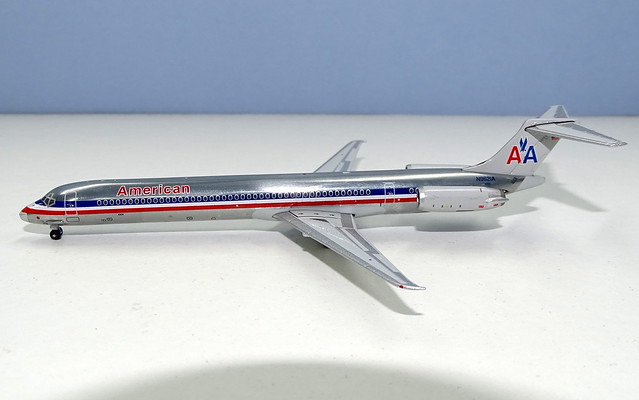
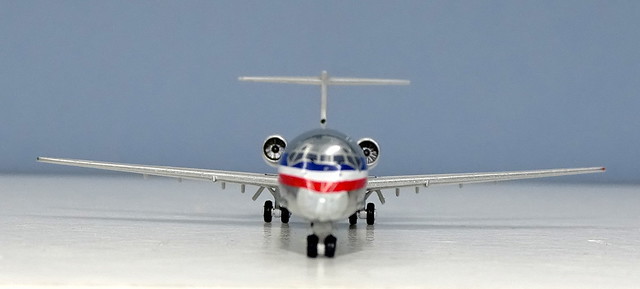




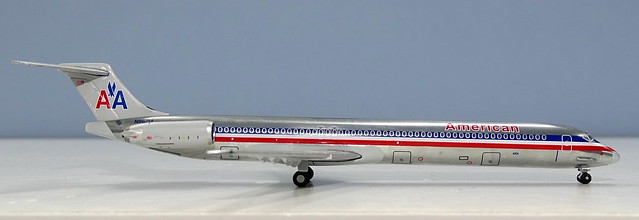
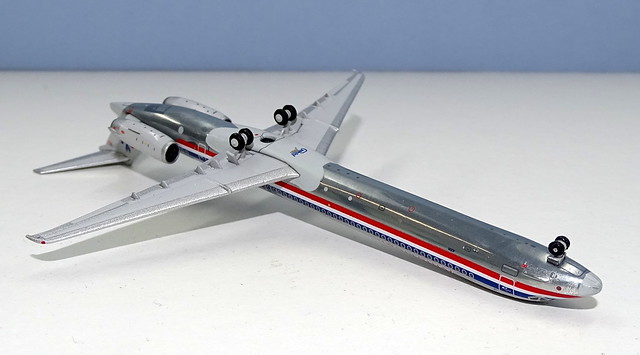
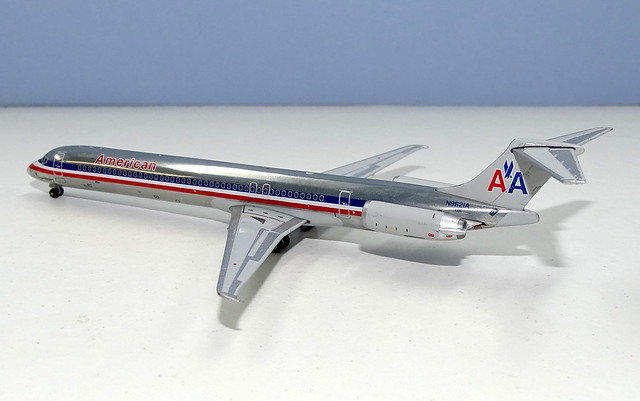

 RSS Feed
RSS Feed